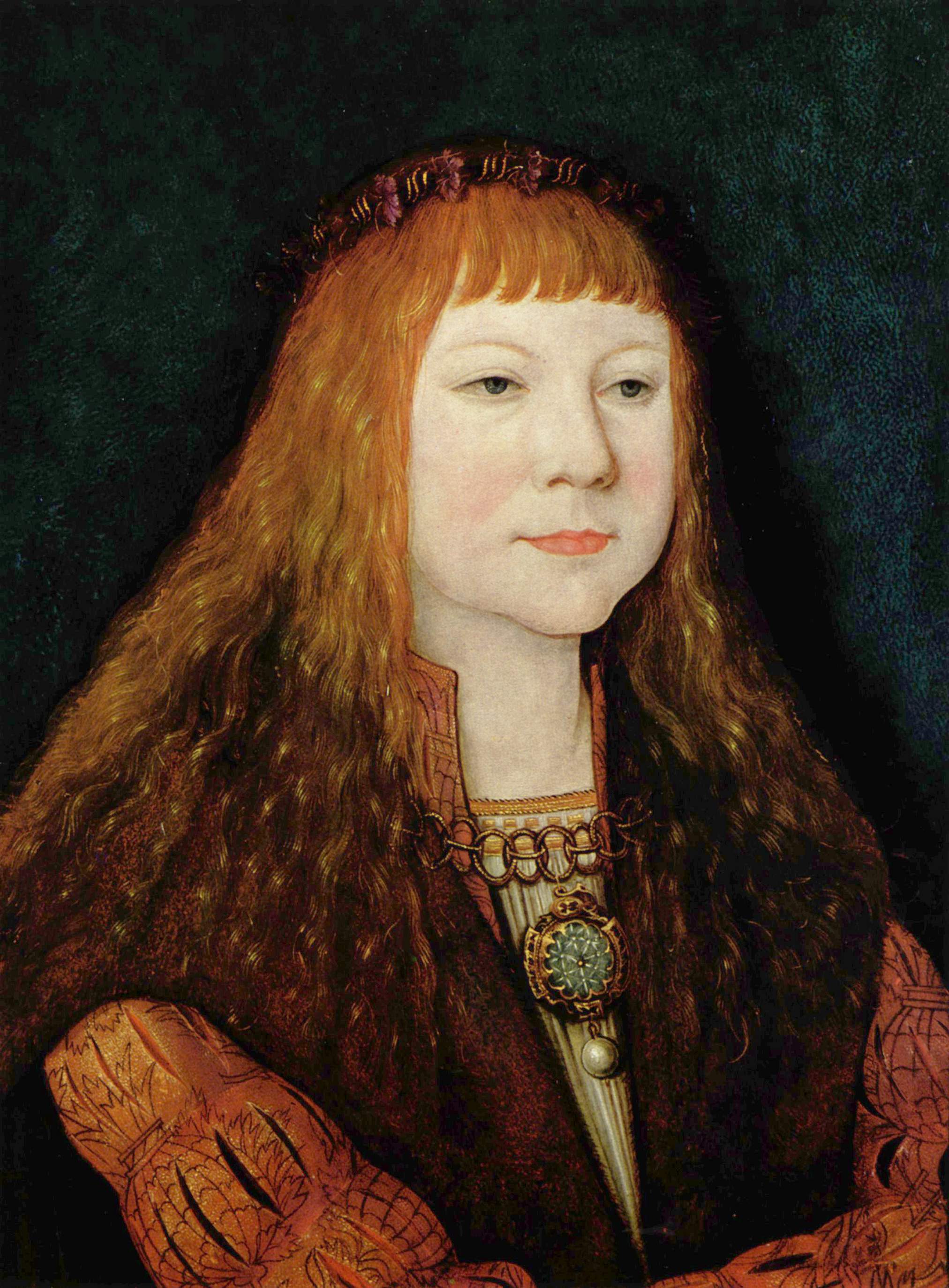|
Louis II Of Bohemia
Louis II ( cs, Ludvík, hr, Ludovik , hu, Lajos, sk, Ľudovít; 1 July 1506 – 29 August 1526) was King of Hungary, Croatia and Bohemia from 1516 to 1526. He was killed during the Battle of Mohács fighting the Ottomans, whose victory led to the Ottoman annexation of large parts of Hungary. Early life At his premature birth in Buda on 1 July 1506, the court doctors kept him alive by slaying animals and wrapping him in their warm carcasses as a primitive incubator. He was the only son of Vladislaus II Jagiellon and his third wife, Anne of Foix-Candale. Coronation Vladislaus II took steps to ensure a smooth succession by arranging for the boy to be crowned in his own lifetime; the coronation of Louis as king of Hungary took place on 4 June 1508 in Székesfehérvár Basilica, and his coronation as king of Bohemia was held on 11 March 1509 in St. Vitus Cathedral in Prague. King of Hungary and Croatia In 1515 Louis II was married to Mary of Austria, granddaughter of Empe ... [...More Info...] [...Related Items...] OR: [Wikipedia] [Google] [Baidu] |
Hans Krell
Hans Krell (c. 1490–1565 or 1586), also Krehl ou Kreil, was a German painterBiographical sketch in Helen A Dickinson German Masters of Art p. 96 of the Renaissance, mainly known as a portrait painter. He is thought to have been born in Crailsheim or Ansbach, and died in Leipzig. Hans Krell started his career as court painter of George the Pious, Margrave of Brandenburg-Ansbach in Ansbach. He then entered into the service of King Louis II of Hungary in Prague and Buda, where he was employed as court portraitist in the years 1522–1526. He is later recorded in Leipzig (from 1531) and in Freiberg in Saxony (since 1534). Krell was known as the ''Fürstenmaler'' (Painter of Princes) in service of the German Princes ''–'' Albrecht of Brandenburg-Ansbach, Duke in Prussia, Hedwig Jagiellon, Electress of Brandenburg and the Elector Augustus of Saxony. His paintings of Saxon princes in the ceremonial hall and the council chamber of the Old Town Hall in Leipzig were continually being ... [...More Info...] [...Related Items...] OR: [Wikipedia] [Google] [Baidu] |
Ottoman Empire
The Ottoman Empire, * ; is an archaic version. The definite article forms and were synonymous * and el, Оθωμανική Αυτοκρατορία, Othōmanikē Avtokratoria, label=none * info page on book at Martin Luther University) // CITED: p. 36 (PDF p. 38/338) also known as the Turkish Empire, was an empire that controlled much of Southeast Europe, Western Asia, and Northern Africa between the 14th and early 20th centuries. It was founded at the end of the 13th century in northwestern Anatolia in the town of Söğüt (modern-day Bilecik Province) by the Turkoman tribal leader Osman I. After 1354, the Ottomans crossed into Europe and, with the conquest of the Balkans, the Ottoman beylik was transformed into a transcontinental empire. The Ottomans ended the Byzantine Empire with the conquest of Constantinople in 1453 by Mehmed the Conqueror. Under the reign of Suleiman the Magnificent, the Ottoman Empire marked the peak of its power and prosperity, as well a ... [...More Info...] [...Related Items...] OR: [Wikipedia] [Google] [Baidu] |
